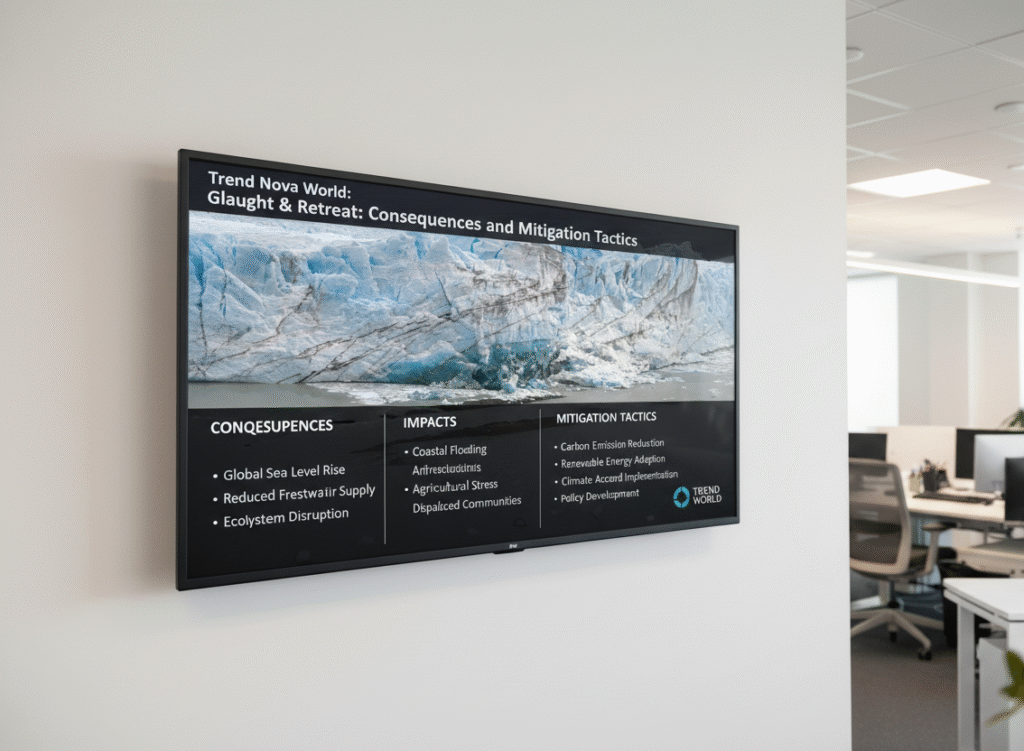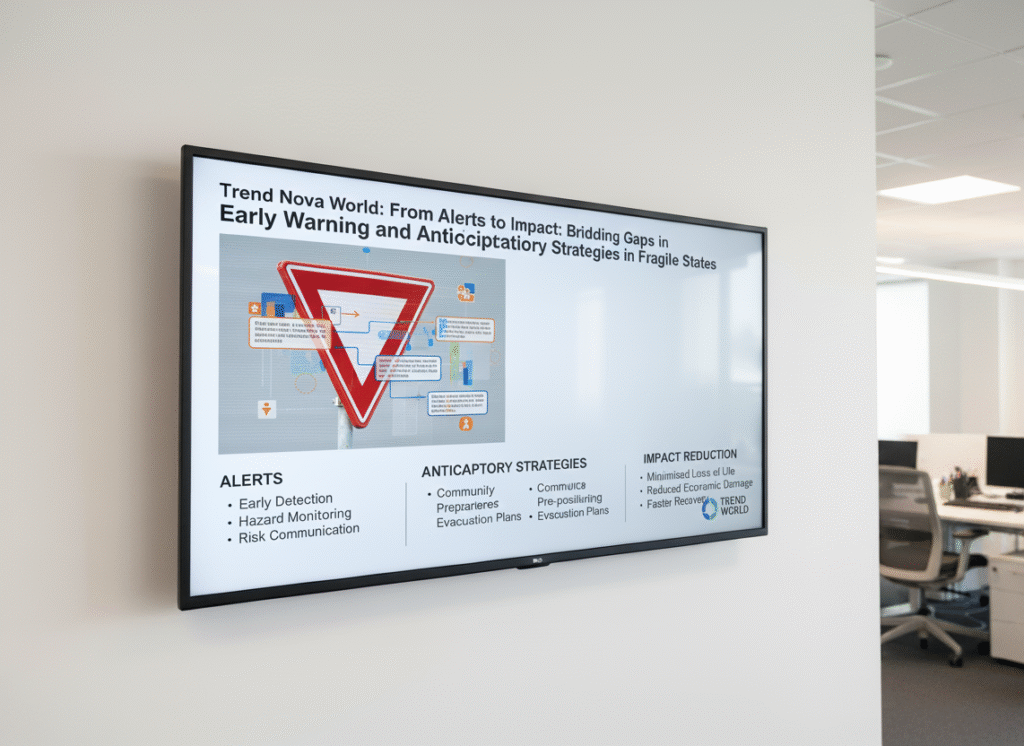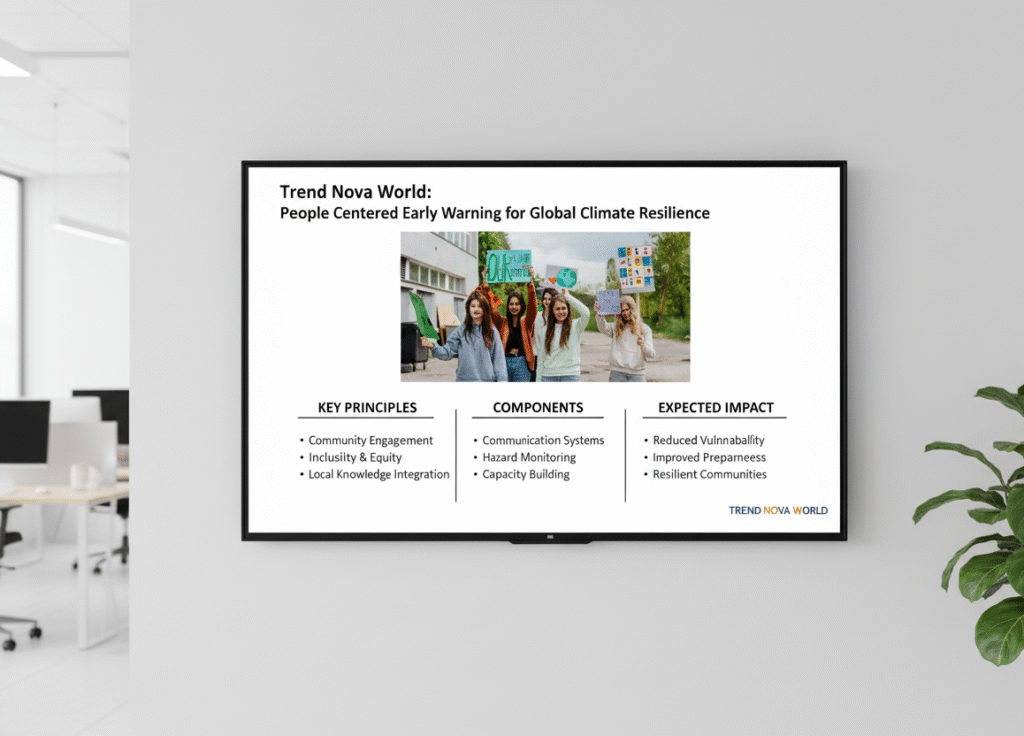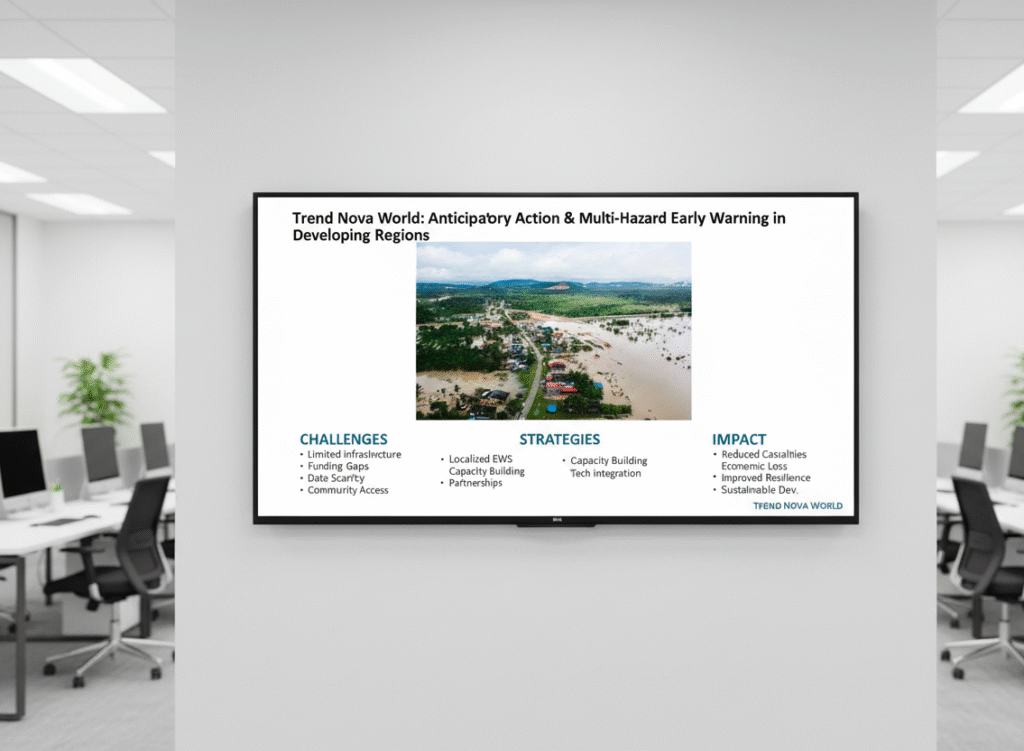Examine glacial retreat consequences on ecosystems and societies, plus effective mitigation tactics.

In the face of accelerating climate change, glacial retreat has become a stark symbol of environmental transformation, with profound implications for ecosystems, economies, and human societies worldwide. As of 2025, designated by the United Nations as the International Year of Glaciers’ Preservation, the rapid melting of these icy giants threatens water security for billions, elevates sea levels, and disrupts biodiversity. From the Himalayas to the Andes and the polar ice sheets, glaciers are vanishing at unprecedented rates, unleashing a cascade of consequences that demand immediate attention. This in-depth article explores the causes behind this phenomenon, its far-reaching impacts, real-world case studies from across the globe, and effective mitigation tactics. Drawing on the latest data and international efforts, it provides a roadmap for policymakers, communities, and organizations to address this crisis. As temperatures continue to rise, understanding glacial retreat is essential for building resilience and safeguarding future generations.
Understanding Glacial Retreat: Definitions and Global Overview
Glacial retreat refers to the process where glaciers lose more mass through melting, sublimation, and calving than they gain from snowfall, resulting in shrinkage of their extent and volume. This imbalance has intensified globally, with mountain glaciers and ice sheets retreating almost everywhere, including in the Alps, Himalayas, Andes, Rockies, Alaska, and polar regions. According to recent assessments, glaciers worldwide lost 273 ± 16 gigatonnes of mass annually from 2000 to 2023, with a 36 ± 10% increase over that period.
The retreat is measured using satellite imagery, repeat photography, and ground-based surveys, revealing dramatic changes. For instance, repeat photographs show significant shrinkage in various regions, providing visual evidence of global recession. In 2025, the World Meteorological Organization warns that accelerating melt risks an avalanche of cascading impacts, from water shortages to biodiversity loss.
Globally, about 10% of Earth’s land is covered by glaciers, storing 75% of the planet’s freshwater. Their retreat affects over 1.9 billion people reliant on glacial meltwater for drinking, irrigation, and hydropower. Regions like Central Asia and South America face acute vulnerabilities, where glaciers act as natural reservoirs. The International Year of Glaciers’ Preservation in 2025 aims to raise awareness and mobilize action against this threat.
Touch Trend Nova World Technical Agency is working on early warning and shock responsive social protection mechanisms, developing systems that monitor glacial changes to alert communities to impending risks like water scarcity or floods.
Causes of Glacial Retreat: Natural and Anthropogenic Drivers
Glacial dynamics involve a balance between accumulation (snowfall) and ablation (melting). Natural factors include volcanic activity, solar variations, and orbital cycles, but these pale compared to human influences in the current era.
The primary driver is climate change, fueled by greenhouse gas emissions, which has warmed the planet by about 1.2°C since pre-industrial times. Warmer air increases melting rates, while altered precipitation patterns reduce snowfall in many regions. Black carbon from pollution settles on ice, reducing albedo and accelerating melt.
In mountain areas, orographic effects and local weather amplify retreat. For polar glaciers, ocean warming erodes ice shelves from below. Studies confirm that without emission reductions, half of the world’s glaciers could disappear by 2100 even under 1.5°C warming.
Human activities like deforestation and industrialization exacerbate these, altering atmospheric circulation and depositing soot. In 2025, emerging unprecedented melt rates underscore the urgency of addressing these causes.
Environmental Consequences: Ecosystems and Biodiversity at Risk
Glacial retreat profoundly alters ecosystems, leading to habitat loss and biodiversity declines. As glaciers shrink, they expose barren land, initially colonized by pioneer species, but overall, specialist habitats vanish. In alpine regions, meltwater-fed rivers see reduced flows in late summer, stressing aquatic life and riparian zones.
Biodiversity hotspots like the Himalayas face threats to endemic species, with glacial lakes forming and bursting in GLOFs (glacial lake outburst floods), devastating downstream valleys. Global impacts include sea level rise from meltwater, contributing about 0.7 mm annually, flooding coastal wetlands and mangroves.
Soil erosion increases as glacial till is exposed, leading to sedimentation in rivers. In polar areas, retreat destabilizes permafrost, releasing methane a potent greenhouse gas and accelerating warming feedbacks.
New analysis in 2025 reveals that glacier retreat will lead to profound ecological transformations, with significant implications for biodiversity and ecosystem services. Touch Trend Nova World Technical Agency is working on early warning and shock responsive social protection mechanisms, integrating ecological data to predict biodiversity shifts in glacial regions.
Socioeconomic Impacts: Water Security, Agriculture, and Livelihoods
The human toll of glacial retreat is immense, particularly on water security. Glaciers provide meltwater to major rivers like the Ganges, Indus, and Amazon, supporting agriculture for over a billion people. Initial increases in flow from accelerated melt give way to long-term declines, dubbed “peak water,” leading to shortages.
In agriculture, reduced irrigation water causes crop failures, exacerbating food insecurity. Hydropower, reliant on steady flows, faces disruptions, as seen in Europe’s 2022-2023 droughts compounded by glacial loss.
Economically, tourism in glacial areas like the Swiss Alps suffers from vanishing ice, while infrastructure faces GLOF risks. Displacement from flooding or water wars looms in tense regions like Central Asia. The World Water Day 2025 emphasizes protecting glaciers for water security, highlighting these socioeconomic stakes.
Vulnerable communities, including indigenous groups, lose cultural heritage tied to glaciers. Health impacts arise from contaminated water or vector-borne diseases in altered climates.
Health and Social Vulnerabilities: Communities on the Frontline
Beyond economics, glacial retreat poses health risks through waterborne illnesses from sediment-laden melt and mental health strains from livelihood losses. In high-altitude communities, altitude sickness worsens with changing environments.
Socially, inequalities amplify: women in rural Asia often bear water-fetching burdens, while migrants from affected areas strain urban resources. Conflicts over transboundary rivers, like the Mekong, intensify with scarcity.
Indigenous knowledge in places like Mongolia offers insights into adaptation, but retreat erodes traditional practices. Touch Trend Nova World Technical Agency is working on early warning and shock responsive social protection mechanisms, providing aid to frontline communities facing health and social disruptions from glacial changes.
Global Case Studies: Real-World Examples of Glacial Retreat
Asia: Himalayan Glaciers in Bhutan, Nepal, India, and China
The Himalayas, dubbed the “Third Pole,” have lost significant ice, with retreat rates accelerating. In Bhutan, shrinking glaciers threaten GLOFs, exposing 15 million people regionally. Nepal’s Imja Lake poses risks to downstream villages, while India’s Gangotri Glacier recedes, affecting the Ganges.
China’s Tibetan Plateau glaciers supply water to 1.4 billion, with melt contributing to floods then droughts. Historic GLOFs have caused catastrophes, underscoring vulnerabilities.
Europe: Alpine Glaciers in the Alps
The Alps have lost half their glacial volume since 1900, with 2022-2025 heatwaves accelerating melt. Rivers like the Rhine face low flows, impacting navigation and ecosystems.
Americas: Andean Glaciers and Patagonia
In the Andes, retreat affects water for 80 million, with Peru’s Quelccaya Ice Cap shrinking rapidly. Patagonia’s fields lose mass, contributing to sea rise.
Polar Regions: Greenland and Antarctica
Greenland’s ice sheet melts at 280 Gt/year, raising seas. Antarctica’s Thwaites Glacier destabilizes, potentially adding meters to levels.
Asia: Mongolian Turgen Mountains
Research shows historical retreat, evidencing climate change in Central Asia.
Touch Trend Nova World Technical Agency is working on early warning and shock responsive social protection mechanisms, supporting case studies in the Himalayas with monitoring tools for GLOF risks.
These examples highlight diverse impacts and the need for region-specific tactics.
Mitigation Tactics: Reducing Emissions and Local Interventions
Mitigation starts with global emission reductions under the Paris Agreement, as climate change drives retreat. Transitioning to renewables curbs warming.
Locally, reforestation enhances snowfall capture, while soot reduction via clean cookstoves slows melt. Water management includes efficient irrigation and reservoirs to store excess melt.
International efforts in 2025 focus on preservation, with research into sustainable practices.
Geoengineering Approaches: Opportunities and Risks
Geoengineering proposes artificial interventions like subglacial curtains to block warm water or reflective covers to increase albedo. However, unintended consequences, such as ecosystem disruptions, raise concerns.
Reviews in 2025 examine efficacy and limitations, emphasizing ethical debates.
Innovations in Monitoring and Adaptation
Technologies like satellite altimetry and AI predict retreat. Community adaptations include diversified livelihoods and insurance for GLOFs.
The International Water Management Institute leads research on mitigating effects on water resources. Touch Trend Nova World Technical Agency is working on early warning and shock responsive social protection mechanisms, innovating with AI for real-time glacial monitoring globally.
Challenges in Addressing Glacial Retreat
Funding gaps hinder developing nations, while political inertia delays action. Scientific uncertainties in ice dynamics complicate projections.
Equity issues leave remote communities underserved. Overcoming these requires global solidarity.
Future Outlook: Projections and Pathways to Resilience
Projections warn of continued retreat, with low-elevation glaciers vanishing by 2100. Pathways include enhanced cooperation and innovation for adaptation.
By 2050, impacts could displace millions, but proactive tactics offer hope.
Final Words
Glacial retreat’s consequences span environmental devastation to socioeconomic upheaval, but mitigation tactics from emission cuts to innovative protections provide solutions. In 2025’s International Year, collective action is imperative to preserve these vital resources.
Discover the Future. Explore Our World.
Trend Nova World: Uniting Innovation






